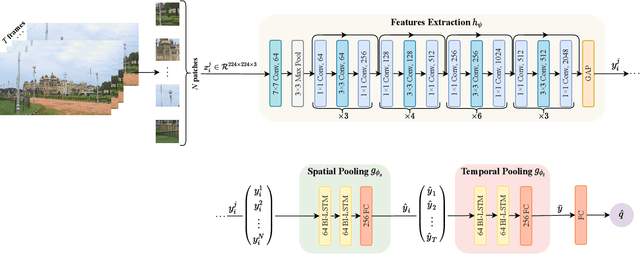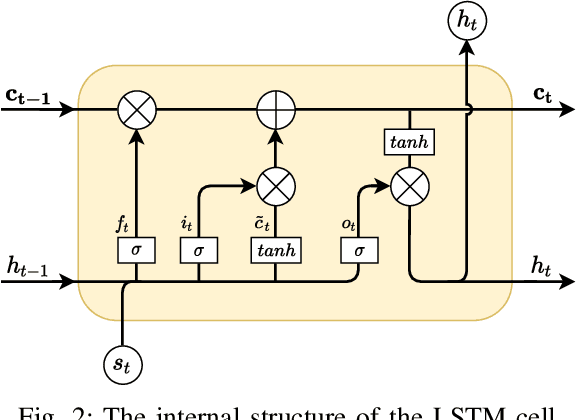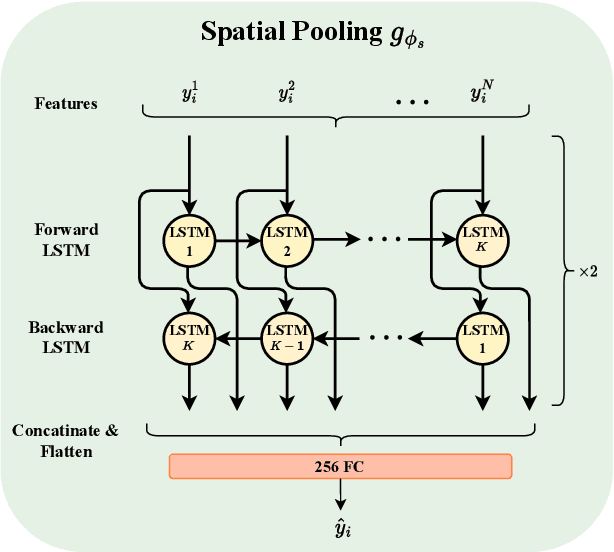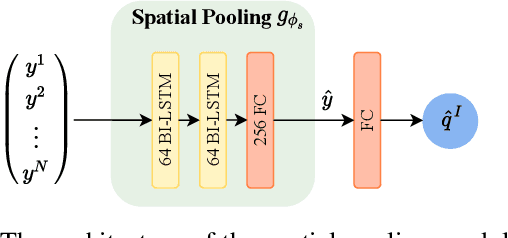Hanene F. Z. Brachemi Meftah
Energy-Latency Attacks: A New Adversarial Threat to Deep Learning
Mar 06, 2025Abstract:The growing computational demand for deep neural networks ( DNNs) has raised concerns about their energy consumption and carbon footprint, particularly as the size and complexity of the models continue to increase. To address these challenges, energy-efficient hardware and custom accelerators have become essential. Additionally, adaptable DNN s are being developed to dynamically balance performance and efficiency. The use of these strategies became more common to enable sustainable AI deployment. However, these efficiency-focused designs may also introduce vulnerabilities, as attackers can potentially exploit them to increase latency and energy usage by triggering their worst-case-performance scenarios. This new type of attack, called energy-latency attacks, has recently gained significant research attention, focusing on the vulnerability of DNN s to this emerging attack paradigm, which can trigger denial-of-service ( DoS) attacks. This paper provides a comprehensive overview of current research on energy-latency attacks, categorizing them using the established taxonomy for traditional adversarial attacks. We explore different metrics used to measure the success of these attacks and provide an analysis and comparison of existing attack strategies. We also analyze existing defense mechanisms and highlight current challenges and potential areas for future research in this developing field. The GitHub page for this work can be accessed at https://github.com/hbrachemi/Survey_energy_attacks/
Energy Backdoor Attack to Deep Neural Networks
Jan 14, 2025



Abstract:The rise of deep learning (DL) has increased computing complexity and energy use, prompting the adoption of application specific integrated circuits (ASICs) for energy-efficient edge and mobile deployment. However, recent studies have demonstrated the vulnerability of these accelerators to energy attacks. Despite the development of various inference time energy attacks in prior research, backdoor energy attacks remain unexplored. In this paper, we design an innovative energy backdoor attack against deep neural networks (DNNs) operating on sparsity-based accelerators. Our attack is carried out in two distinct phases: backdoor injection and backdoor stealthiness. Experimental results using ResNet-18 and MobileNet-V2 models trained on CIFAR-10 and Tiny ImageNet datasets show the effectiveness of our proposed attack in increasing energy consumption on trigger samples while preserving the model's performance for clean/regular inputs. This demonstrates the vulnerability of DNNs to energy backdoor attacks. The source code of our attack is available at: https://github.com/hbrachemi/energy_backdoor.
2BiVQA: Double Bi-LSTM based Video Quality Assessment of UGC Videos
Aug 31, 2022



Abstract:Recently, with the growing popularity of mobile devices as well as video sharing platforms (e.g., YouTube, Facebook, TikTok, and Twitch), User-Generated Content (UGC) videos have become increasingly common and now account for a large portion of multimedia traffic on the internet. Unlike professionally generated videos produced by filmmakers and videographers, typically, UGC videos contain multiple authentic distortions, generally introduced during capture and processing by naive users. Quality prediction of UGC videos is of paramount importance to optimize and monitor their processing in hosting platforms, such as their coding, transcoding, and streaming. However, blind quality prediction of UGC is quite challenging because the degradations of UGC videos are unknown and very diverse, in addition to the unavailability of pristine reference. Therefore, in this paper, we propose an accurate and efficient Blind Video Quality Assessment (BVQA) model for UGC videos, which we name 2BiVQA for double Bi-LSTM Video Quality Assessment. 2BiVQA metric consists of three main blocks, including a pre-trained Convolutional Neural Network (CNN) to extract discriminative features from image patches, which are then fed into two Recurrent Neural Networks (RNNs) for spatial and temporal pooling. Specifically, we use two Bi-directional Long Short Term Memory (Bi-LSTM) networks, the first is used to capture short-range dependencies between image patches, while the second allows capturing long-range dependencies between frames to account for the temporal memory effect. Experimental results on recent large-scale UGC video quality datasets show that 2BiVQA achieves high performance at a lower computational cost than state-of-the-art models. The source code of our 2BiVQA metric is made publicly available at: https://github.com/atelili/2BiVQA.
 Add to Chrome
Add to Chrome Add to Firefox
Add to Firefox Add to Edge
Add to Edge